Dwarf rasbora - Boraras maculatus
Scientific name: Boraras maculatus
Common name: Dwarf rasbora
Family: Cyprinidae
Usual size in fish tanks: 2 - 3 cm (0.79 - 1.18 inch)
014
Recommended pH range: 5 - 6.8
Recommended water hardness: 5 - 12°N (89.29 - 214.29ppm)
0°C 32°F30°C 86°F
Recommended temperature range: 24 - 27 °C (75.2 - 80.6°F)
The way how these fish reproduce: Spawning
Where the species comes from: South Asia
Temperament to its own species: peaceful
Temperament toward other fish species: peaceful
Usual place in the tank: Middle levels
Origin
The Dwarf Rasbora (Boraras maculatus) originates from the slow-moving streams, rivers, and peat swamps of Southeast Asia, particularly in Indonesia, Singapore, and Thailand. These waters are typically soft and acidic, with heavy leaf litter creating a natural infusion of tannins. The shaded conditions and abundance of aquatic vegetation make this environment ideal for Dwarf Rasboras, and replicating this habitat in the aquarium will help them thrive.
Lifespan
With proper care, the Dwarf Rasbora can live between 2-5 years in captivity. Their longevity greatly depends on stable water conditions, a varied diet, and a peaceful environment that reduces stress.
Short Description
The Dwarf Rasbora is a peaceful and small fish, typically reaching a size of 2-3 cm (0.79-1.18 inches) in captivity. Its tiny size and striking red coloration, coupled with dark spots along its body, make it an attractive choice for aquarists. They are schooling fish and should be kept in groups of at least six to promote natural behaviors and reduce stress. Due to their small size, Dwarf Rasboras are well-suited for nano aquariums, but they also do well in larger, well-planted community tanks.
General Care
Providing a well-planted tank with plenty of hiding spots and open swimming areas is key to keeping Dwarf Rasboras comfortable. A tank size of at least 40 liters (10 gallons) is recommended for a small school, but larger tanks will allow for more stable water conditions and a more diverse setup. Use plants such as Anubias, Java Fern, and floating plants to diffuse the lighting and create a shaded environment, as they prefer low light conditions.
Maintain water conditions with a temperature range of 24-27°C (75.2-80.6°F) and a pH level between 5.0 and 6.8. The water hardness should be kept low, ideally between 5-12°N (0-142.86 ppm). Soft, slightly acidic water with a gentle flow mimics their natural habitat. Using a reliable filtration system, such as a sponge filter, can help maintain water quality without creating too much water movement, which could stress these delicate fish. Regular water changes of 20-30% weekly are recommended to keep the water parameters stable.
Compatible Tankmates
Dwarf Rasboras are peaceful and do best with other small, non-aggressive species in a community tank. Suitable tankmates include Pygmy Corydoras, Ember Tetras, Cherry spot rasbora, and Otocinclus Catfish. Avoid larger, more boisterous fish, as they can intimidate or outcompete the Dwarf Rasboras for food, leading to stress and hiding. Always keep Dwarf Rasboras in groups of six or more to promote their schooling behavior and provide a sense of security.
Food and Feeding
Dwarf Rasboras are omnivores and will accept a variety of foods in captivity. A high-quality flake or micro-pellet should form the staple diet. To enhance their health and coloration, supplement their diet with live or frozen foods like brine shrimp, daphnia, grindal worms, and bloodworms. They may also nibble on algae wafers occasionally. Feeding small amounts twice a day is recommended, ensuring they consume the food within a few minutes to prevent water quality issues.
Sexing
Sexing Dwarf Rasboras can be tricky, but generally, males are slimmer and exhibit more intense red coloration, especially during breeding. Females, on the other hand, are rounder, particularly when carrying eggs, and have a more subdued coloration.
Breeding
Dwarf Rasboras can successfully breed in a well-maintained aquarium. They are egg scatterers, often choosing to lay their eggs among fine-leaved plants or spawning mops. To promote breeding, set up a separate breeding tank with ample plants like Java Moss or include spawning mops. Maintain a pH level between 5.0 and 6.5, and keep the water temperature steady at 26-27°C (78.8-80.6°F) to replicate their natural spawning environment.
The female will lay small batches of eggs, typically around 50 at a time. To prevent the parents from eating the eggs, use a layer of glass marbles or a fine mesh at the bottom of the tank to allow the eggs to fall through to safety. The eggs will hatch within 24-36 hours, and the fry will become free-swimming shortly thereafter. At this stage, feed the fry with infusoria or liquid fry food. As they grow, introduce newly hatched brine shrimp and finely crushed flake food to their diet. For optimal fry survival, use an air-driven sponge filter in the breeding tank to maintain water quality with minimal water flow.
Conclusion
The Dwarf Rasbora is a stunning, peaceful fish that can add vibrancy to any well-planted aquarium. By providing the right water conditions, tank setup, and a varied diet, you can enjoy the beauty and fascinating behavior of this species. They make an excellent addition to nano tanks and peaceful community setups, offering an eye-catching splash of color with their striking red hues.
Pictures
Bought by aqua-fish.net from jjphoto.dk.




 Bala
Bala 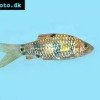 Spotted
Spotted  Golden
Golden 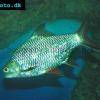 Tinfoil
Tinfoil 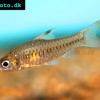 Congo
Congo 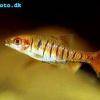 Blue-barred
Blue-barred 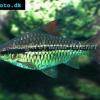 African
African 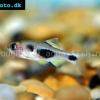 Butterfly
Butterfly 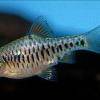 Olivegreen
Olivegreen 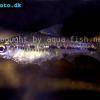 Morse
Morse 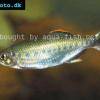 Jerdon’s
Jerdon’s  Mosquito
Mosquito  Eyespot
Eyespot  Goldfish
Goldfish 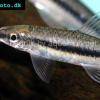 Penguin
Penguin 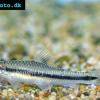 Siamese
Siamese 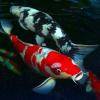 Koi
Koi  Pearl
Pearl  Glowlight
Glowlight 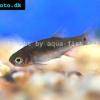 Crossbanded
Crossbanded  Yoma
Yoma 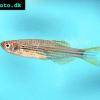 Orange
Orange 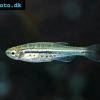 Dwarf
Dwarf 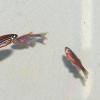 Zebra
Zebra 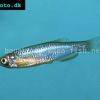 Rose
Rose 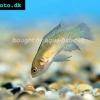 Red
Red 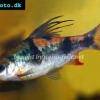 Arulius
Arulius 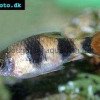 Tambraparni
Tambraparni 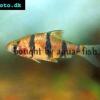 Fiveband
Fiveband 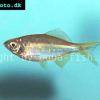 Bengal
Bengal 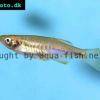 Tiger
Tiger  Malabar
Malabar 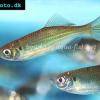 Queen
Queen  Hora
Hora 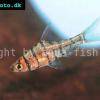 False
False  Redtail
Redtail 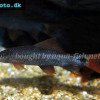 Rainbow
Rainbow 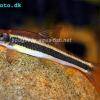 Flying
Flying  Garra
Garra 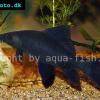 Black
Black 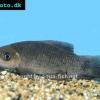 Purple
Purple 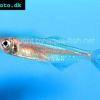 Burmese
Burmese 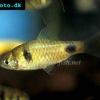 Dwarf
Dwarf 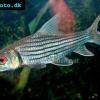 Isok
Isok 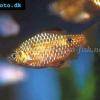 Rosy
Rosy 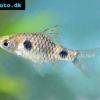 Two
Two 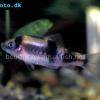 Melon
Melon 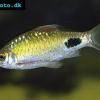 Black-spot
Black-spot 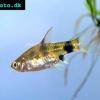 Golden
Golden 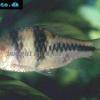 T-Barb
T-Barb 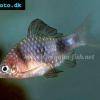 Ruby
Ruby 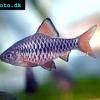 Checkered
Checkered 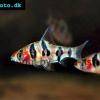 Rhomb
Rhomb 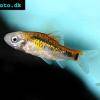 Gold
Gold  Tiger
Tiger  Cherry
Cherry 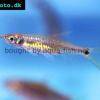 Brittan’s
Brittan’s 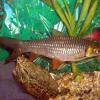 Greater
Greater 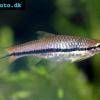 Long-band
Long-band 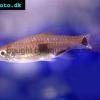 Twospot
Twospot  Reticulate
Reticulate  Cherry
Cherry 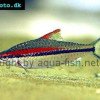 Denison
Denison 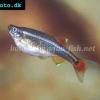 White
White 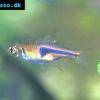 Lambchop
Lambchop  Harlequin
Harlequin